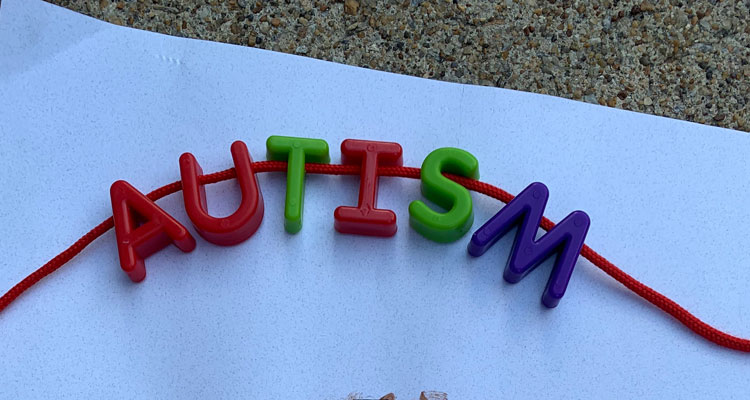Welcome to the wonderful month of April, where we finally see a glimpse of spring in the flowers that are blooming. During this month there will be rain, plenty of baby showers, weddings, and likely some egg hunting. April is also Autism Awareness Month. So, let us talk about how autism aware you are? I am sure when I say the word “autism” you are envisioning one person you know with this diagnosis. But autism doesn’t look the same for everyone with this diagnosis.
So… without further ado, let me introduce you to the Parallel Universe of Autism.
According to the CDC, autism spectrum disorder (ASD) is a developmental disability that can cause significant social communication and behavioral challenges (www.cdc.gov/autism). The keyword in this definition is a spectrum. A wide variety of individuals can fall under this category and each person can look, live, and function completely different from the next individual who also falls under this spectrum.
Autism Aware- are you aware of these parts of autism?
The diagnostic criteria for ASD shares some deficits people with ASD may experience. One deficit falls under the realm of social communication. A child with autism can be completely non-verbal, make no eye contact, and be withdrawn. While another child with autism can be overly verbal, make direct eye contact, and be deeply interested in your topic of conversation. So much so they may be very physically close to you and may have completely abandoned any personal space boundaries. People with autism can be anywhere in between those two vast descriptions. It is not always black and white in the atypical world of autism, instead, it’s technicolor.
Autism doesn’t always look like hand flapping, humming, and no eye contact. It sometimes looks like an overly affectionate child with a total lack of personal space. It doesn’t always look like a non-verbal child playing by themselves. It sometimes looks like a highly social child with a large vocabulary that misses simple social cues.
So again, I must ask… how autism aware are you?
The diagnostic criterion for ASD also says individuals with autism often have restricted, receptive behaviors, interests, or activities. A person with autism could love to watch things spin while they jump up and down and flap their hands. While another individual with autism could also really enjoy their nighttime routine. So much so that if any small variant interrupts their sacred routine, an epic meltdown could occur. See, restricted, repetitive behaviors. This could also look like an individual only wanting to talk about their favorite interest and diverting all conversations back to their beloved special interest. How can a conversation that started about geometry end with you knowing the names of all the characters on My Little Pony? Just spend some time with our friends on the spectrum and you will quickly learn how.
Autism can look like the overly obsessive child with extreme interests (insert Minecraft, My Little Pony, or Lauren Daigle to name a few). Autism sometimes looks like a child throwing a tantrum in the middle of a gathering because their pants “feel weird” It sometimes looks like a child screaming, angry, and confused all because they can hear their heart beating fast.
Our friends with autism see and experience life differently. In reality, we all see and experience life differently than others. However, sometimes these differences are challenges. Not only for the individual with autism, but for those that love and care for them deeply. Often, what our typical brains see as easy may be seen as extremely difficult to the atypical brain. This is where a little more awareness and understanding are needed.
So, do you think you are more autism aware now?
Autism might look like the 9-year-old wide awake at 3 am because her mind won’t shut down and the melatonin isn’t working. Autism can sometimes look like essential oils, sensory diets, picture schedules, and still tiptoeing around multiple meltdowns daily. Autism can look like a mama fighting insurance companies, fighting the school system, and fighting for services all because her child’s delays don’t seem large enough on paper.
Autism isn’t always obvious. It isn’t a cookie-cutter diagnosis. Autism can look a thousand different ways, a thousand different times. It is a spectrum, and each person with autism is different.
So…
Next time you see a mama fighting an unruly child in public… don’t pass your judgment or offer discipline advice. Because some differences aren’t seen on the outside.
This article is not intended to offend anyone on the spectrum. It is instead written to help advocate and educate the importance of accepting all individuals with differences.
